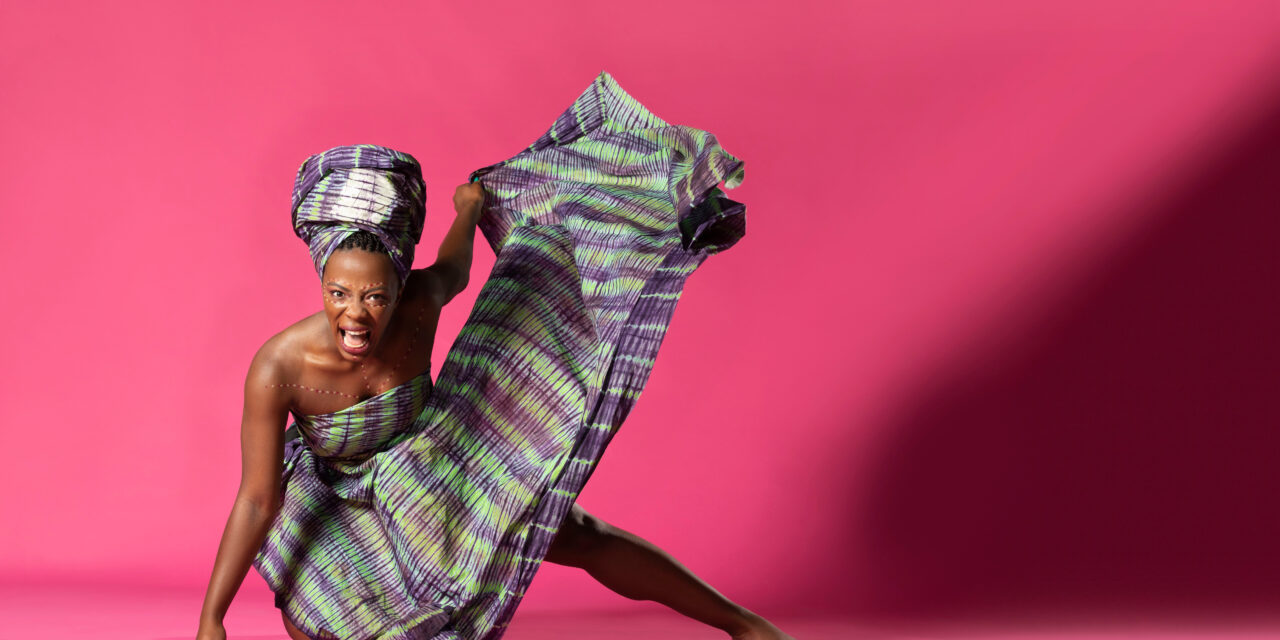The politics of policing women’s bodies has reached a new low in Burkina Faso, where President Ibrahim Traoré has issued a decree that would impose a $3,300 fine and potential imprisonment for women who “expose their nudity” on social media. This is just the latest example of how men in positions of power dictate how women should present themselves online, wielding “culture” as their weapon of choice.
The irony is palpable. These self-appointed guardians of tradition invoke a “culture” that never existed in pre-colonial Africa. They condemn women for exposing their bodies in digital spaces, while conveniently forgetting that our ancestors embraced minimal clothing as both practical and beautiful.
The Selective Memory of Cultural Gatekeepers
The selective nature of what we deem “culture” is both fascinating and frustrating. In countries where children can no longer speak their local languages, we suddenly become culturally oriented when controlling women’s bodies or condemning transgender individuals. Yet our actual histories tell different stories.
In Ghana, there exists the concept of “KojoBesia” – a term describing men with feminine attributes (effeminate men). Historical records show Ghanaian men in musical bands dressing as women when women weren’t allowed to join or travel with these groups. Those with higher-pitched voices would take up female roles and sing in women’s registers. This fluidity of gender expression was woven into the fabric of our societies long before colonial contact.
African fashion history itself reveals our capacity for cultural transformation and resistance. Consider the journey of wax prints – those vibrant fabrics now synonymous with African identity. Contrary to popular belief, these weren’t indigenous African inventions but products of colonial trade networks.
In the 19th century, after failing to market batik prints in Indonesia, the Dutch East India Company turned to West Africa. What began as a calculated trade strategy became a cultural phenomenon. The Dutch tailored designs to African tastes—a rare moment of cultural listening in the colonial era.
African women became the architects of this textile revolution. They didn’t passively consume these fabrics; they transformed them. Specific designs became forms of secret communication, a language woven into cloth. Each pattern told a story, each color carried a message. What began as a colonial product became a quintessential symbol of African creativity and resistance.
The Colonial Legacy of Body Policing
Pre-colonial African societies maintained nuanced, respectful relationships with the human body. The Igbo wore minimal clothing. Traditional sculptures celebrated the body. Dress was functional, cultural, and deeply contextual.
European colonizers imported not just clothing but a puritanical morality that sexualized and criminalized the African body. They imposed woolen suits in tropical climates, labeled traditional dress as “primitive,” and systematically dismantled indigenous dress practices.
Today, we’ve internalized these colonial narratives so completely that we perpetuate the very systems of oppression once used against us. The Christian and Islamic modesty codes that Traoré invokes as “African culture” are themselves products of colonial and Arabic influence—the very Western values he claims to reject.
The internet has created unprecedented opportunities for education and connection, but it has also become a battleground where women face disproportionate levels of disinformation, misinformation, and bullying. When women express themselves online—whether through fashion, opinion, or mere existence in digital spaces—they face scrutiny and condemnation that men simply don’t experience.
For FemInStyle Africa, this reality demands resistance. We reject the notion that women’s bodies are sites of moral policing, whether in physical spaces or digital realms. Our clothing—be it minimal traditional wear or bold digital self-expression—is not an invitation. It is a declaration of autonomy, cultural pride, and resistance.
Resistance is Sewn into Our Fabric
Our clothing has always been political. From the minimal bark cloths of our ancestors to the vibrant wax prints that now define our aesthetic, what we wear represents who we are and what we believe. When governments attempt to control women’s digital expression, they are continuing a colonial legacy of body policing that we must resist.
At FemInStyle Africa, we stand for a freedom that is woven into our history: freedom to dress, freedom to express, freedom to exist without fear of punishment or persecution.
The wax prints told our stories when we couldn’t speak. Now, our digital voices will continue that legacy of resistance.
Dress is culture. Respect is choice. Resistance is our birthright.





